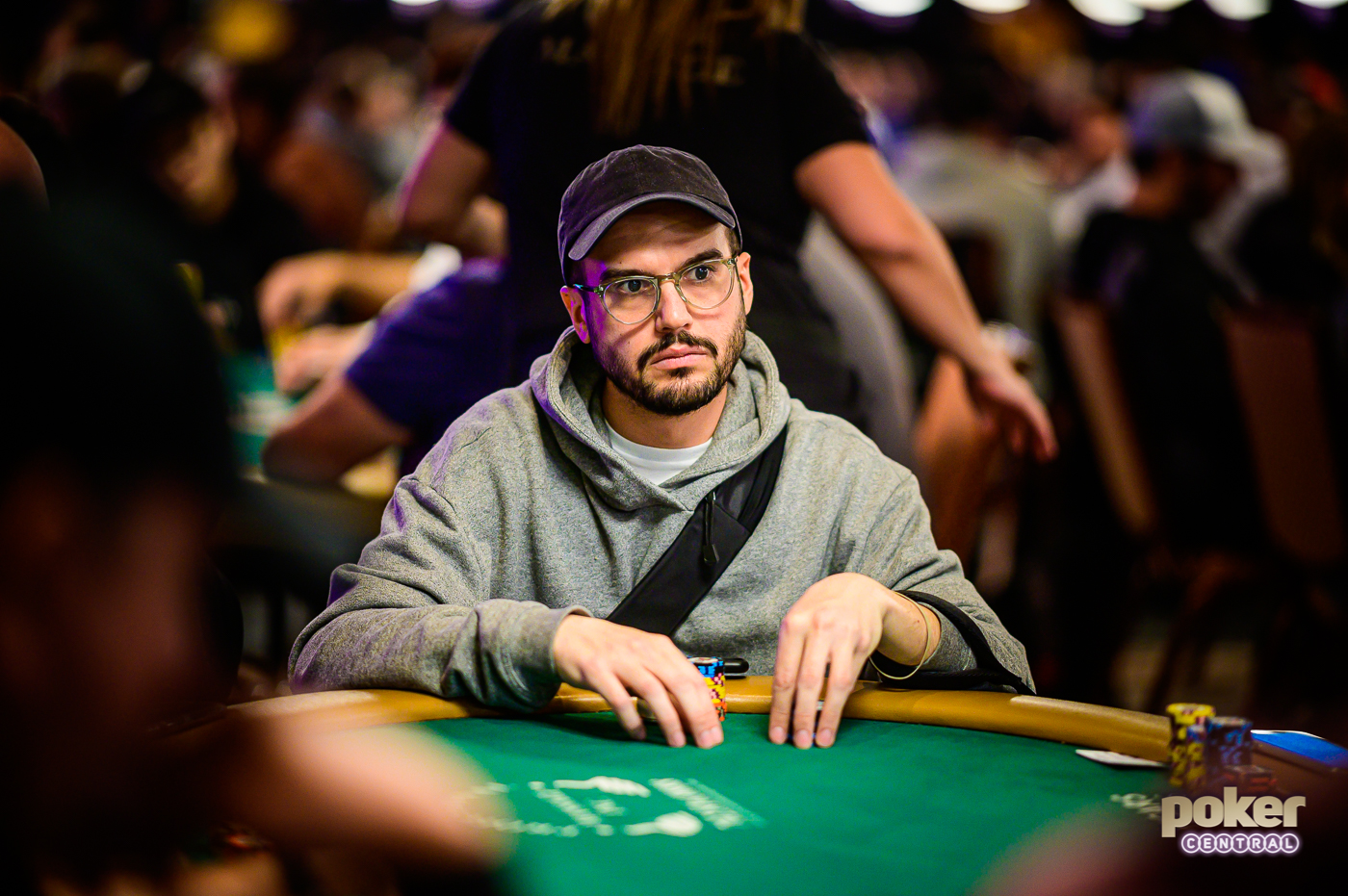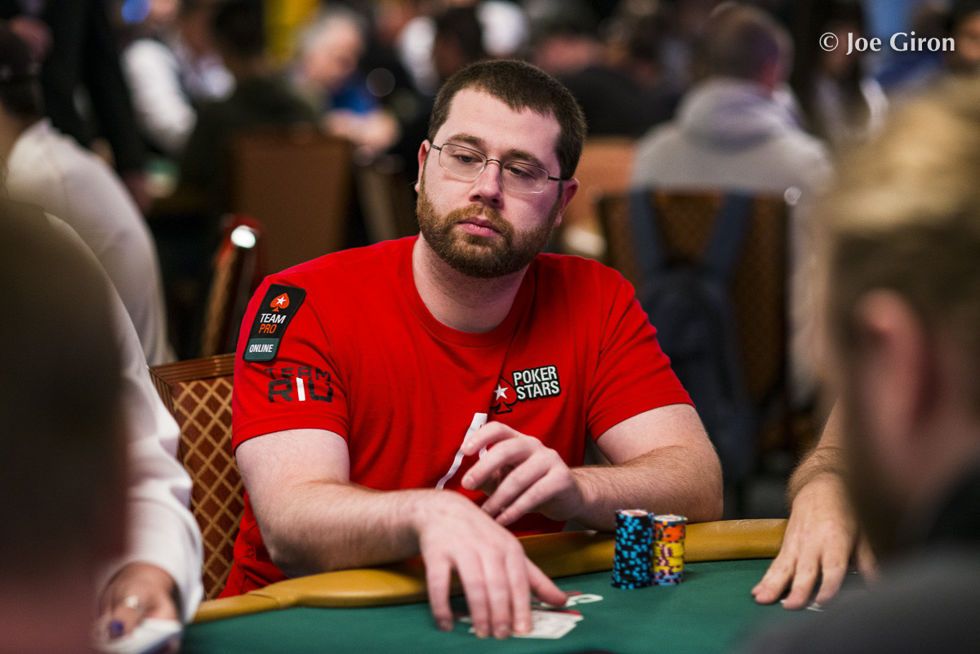Poker Stone Bubble
(This article is a follow up to 'Middle Stages Tournament Strategy')

To many tournament players, the bubble is a special time because it means all that hard work has almost paid off and it’s now time to get paid. After hours of grinding away and making difficult decisions, that initial investment is about to pay off. Great tournament players see the bubble a little differently. They simply see the bubble as one more opportunity on the way to taking first place and making the real money.
Two Plus Two Poker Forums Tournament Poker Strategy Mid-High Stakes MTT: Partypoker Millions satellite $530, Stone Bubble decision with AA. Example: In a 1,000-person tournament in which the top 100 players each receive a prize, the bubble would be the time when there are close to 100 players remaining. Play might gradually become more conservative as the field shrinks from 150 remaining players and continue to highly conservative play when there are 101 remaining players, as. A game of jackpot poker or jackpots, which is a variant of five-card draw with an ante from each player, no blinds, and an opening requirement of a pair of jacks or better. A large pool of money collected by the house and awarded for some rare occurrence, typically a bad beat. Joker A 53rd card used mostly in draw games. The joker may usually. The money bubble is a term coined to describe when the tournament is approaching the number of remaining player who will receive prize money. If 125 players are paid, like in our example above, the exact bubble would be when 126 players remain because one more elimination pops the bubble and everyone else gets paid. Professor Colin G. West explores the math and science around playing on the bubble in poker tournaments. Written by Colin G. Video editing and title an.

The “Increase Your Aggression” Strategy
90% of all tournament strategy on the internet tells you to amp up the aggression during the bubble in any MTT. The purpose is for you to increase your chip stack by stealing from all the players who have tightening up in the hopes of making it to the money-paying places.
The goal is to put yourself in a better position to win the tournament or at least make it to the final table. Barely making it through the bubble is not a winning strategy. For you to be a winning tournament player, you need to play for the win. The occasional big score is where all your tournament profits come from in the long run. The payouts are so skewed towards the final table that there’s really no point in playing to make it past the bubble.
By the time the bubble comes around, the blinds are so big that stealing them becomes the best way to build your chip stack. The blinds aren’t going to stop going up, either, so you need to use this opportunity to steal from all the players who have tightened up. That way, you’ll have a larger chip stack when the bubble breaks and have a better chance to place well in the tournament.
That’s All Correct, But…
Most tournament players are aware of the strategy we just discussed. You can safely bet that the majority of your opponents have typed in some form of the term “poker strategy” into Google at some point in the recent past. The strategy of stealing on the bubble isn’t exactly secret knowledge.
What Does This Mean For You?
It means that your opponents are aware of this strategy and are likely to adjust to it. Some of your more skilled opponents will know that when you come alive during the bubble, it’s because you have read the same strategy as they. Some of these opponents will then re-adjust their strategy to suit yours – namely they’ll attempt to steal your steals by putting in big re-raises.
The best way for you to continue to be productive during the bubble is to pay close attention to each of your opponents. You can tell which opponents know how to play the bubble and which ones don’t. You can then tailor your strategy to each specific opponent.
For example, you can tighten up against the aggressive players who try to steal your re-steals. That way you’ll have a nasty surprise for them the next time they try to steal one of your preflop raises. You can also watch how they react to re-steals. Some of these players will give up every time you 3-bet them before the flop.
4-Bet bluffing aggressive players is usually out of the question because the blinds are so large in comparison to the average stack size. Even a small 3-bet raise is usually enough to become pot-committed. In cash games, I would suggest the rare 4-bet bluff but in tournaments, it’s just not feasible.
Once you have the smart, aggressive players identified, you can then single out the weak, tight players. Against those players, you can use the same old strategy of stealing their blinds every chance you get.
Taken separately, these two approaches to dealing with different types of opponents are pretty simple. The difficulty is in using both approaches at the same table and not getting them all mixed up. Playing two different styles at the same table requires a great deal of effort and concentration. The good news is that if you’re willing to work hard, you will make a lot of money in MTTs.

Now that you know how to play the bubble, learn how to play the late stages.
More General Poker Tournament Strategy:
- »News
- »How to play the money bubble of a poker tournament
Poker tournaments can be fantastic for making money due to how they are structured. Everyone buys in for the same amount and the eventual champion takes a far larger prize in relation to that buy-in, sometimes 100 times more.
The very nature of tournament poker means you will not win many of them. There are some players, particularly those who play large field multi-table tournaments in the online poker world, that may go their entire career without ever finishing in first place. It is just how it is. That’s poker, as they often say.
A solid poker tournament player will reach the money places relatively regularly. Dozens of factors come into play, including field size, buy-in, and blind structure, but you should be looking to finish in the money in between 15-20 percent of the tournaments you enter.
It should be quite obvious that not all of your cashes will be for large amounts. Often, you will scrape into the money and walk away with a little more than your buy-in to show for your time and effort. The bulk of the prize money is reserved for the final table, as you would expect, with the top three finishing positions usually taking home the lion’s share of the total prize pool.
An example of poker tournament payouts
Let us take a look at the Sunday Warm-Up that ran at PokerStars on August 11th. A field of 768 players bought in for $215 and created a $153,600 prize pool that was shared among the top 125 finishers.
A min-cash in this particular tournament was worth $415 with a final table appearance yielding $2,007. The eventual champion took home $26,096, which is a huge difference between both those previous amounts. Add up the top three prizes and you will come to a figure of $58,777, or more than a third of the total prize money. It should be blatantly obvious that you should be aiming to finish in the top three spots of any tournament you play. One way to do this is to approach the money bubble in the correct way.

What is the money bubble?
The money bubble is a term coined to describe when the tournament is approaching the number of remaining player who will receive prize money. If 125 players are paid, like in our example above, the exact bubble would be when 126 players remain because one more elimination pops the bubble and everyone else gets paid. In reality, the money bubble is longer because players change their playing style when the money places are within sight.
You have a chance of accumulating a lot of chips on the money bubble by abusing the fact your opponents are desperate to show a return on their investment. What you will often notice is players suddenly switching to a very tight style of play, become more passive, or a combination of both. These are the players you want to pick on and effectively bully.
Your task of abusing the bubble will be made much easier if you have a decent stack at your disposal. Being short stacked is far from ideal because even if you move all-in and your opponent calls you and loses the hand, you are not going to cause their stack much damage. This is something you need to focus on during bubble play.
Who to target on the money bubble
Ideally, you will target players who have a similar-sized stack to your own, or perhaps one that is larger, but not so big that they could call you without fear. Medium-sized stacks have far more to lose than the big or short stacks as they are currently in a position where they could probably sail into the money without the need for much action. This makes them the perfect target for attacking on the bubble because they are far less likely to give you any resistance without having a strong hand.
Raise them when you have position on them, play aggressively once the first community cards are dealt and you will often see them duck out of the hand and hand over their chips. Do be aware, however, that if a similarly sized stack to yours begins playing back, it is quite likely they have the goods.
If you plan on bullying short stacks, I would suggest not raising with a hand that you are not prepared to call an all-in bet with. Short stacks have the all-in move in their arsenal and losing six-to-ten big blinds a handful of times can see you yourself become in the unenviable position of being short stacked. Should the short stack show they are passive and are letting almost all of their hands go, that is they are simply praying to last long enough for a min-cash, attack them relentlessly.
Who to avoid when on the bubble
Stone Bubble Poker Meaning

Poker Stone Bubbler
Try to avoid tangling with the big stacks, especially those who are the tournament’s chip leader. Not only do they have enough room to maneuver should they want to call you, but they have also likely been running well to accumulate such a big stack and nobody wants to lock horns with someone Lady Luck is shining on and who has enough chips to undo your hard work.
Chipping up on the bubble is a tactic the best poker tournament players employ. While it is true that you will sometimes lose a lot of chips by being aggressive, and you will sometimes actually bubble yourself, the time you make it into the money with a big stack and an image of a crazy person far outweigh the negatives as you will have given yourself the best chance to finish in those top three finishing positions.